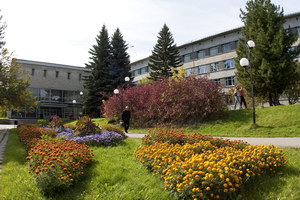Air Pollution Forecasting Using a Deep Learning Model Based on 1D Convnets and Bidirectional GRU
Air pollution forecasting can provide reliable information about the future pollution situation, which is useful for an efficient operation of air pollution control and helps to plan for prevention. Dynamics of air pollution are usually reflected by various factors, such as the temperature, humidity, wind direction, wind speed, snowfall, rainfall, and so on, which increase the difficulty in understanding the change of air pollutant concentration. In this paper, a short-term forecasting model based on deep learning is proposed for PM2.5 (particulate matter with an aerodynamic diameter less than or equal to 2.5 μm) concentration, and the convolutional-based bidirectional gated recurrent unit (CBGRU) method is presented, which combines 1D convnets (convolutional neural networks) and bidirectional GRU (gated recurrent unit) neural networks. The case is carried out by using the Beijing PM2.5 data set in UCI Machine Learning Repository. Comparing the prediction results with the traditional ones, it is proved that the error of the CBGRU model is lower and the prediction performance is better. © 2013 IEEE.
Библиографическая ссылка Tao Q., Liu F., Li Y., Sidorov D. Air Pollution Forecasting Using a Deep Learning Model Based on 1D Convnets and Bidirectional GRU // IEEE Access. Vol.7. ID: 8732985. 2019. P.76690-76698. DOI: 10.1109/ACCESS.2019.2921578
Проиндексировано: WOS
SCOPUS


